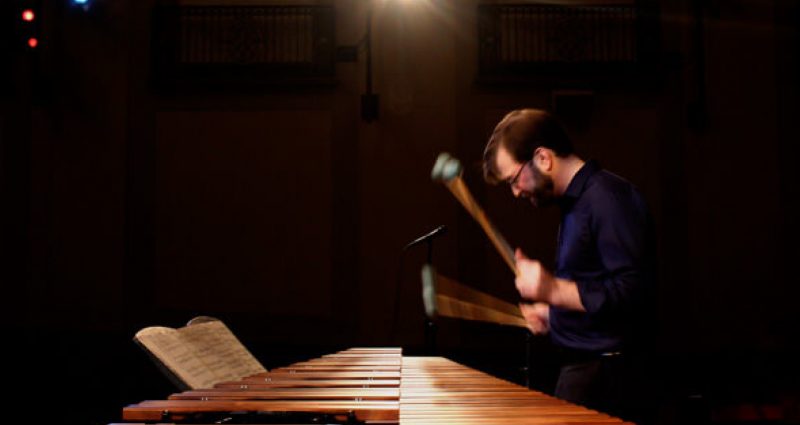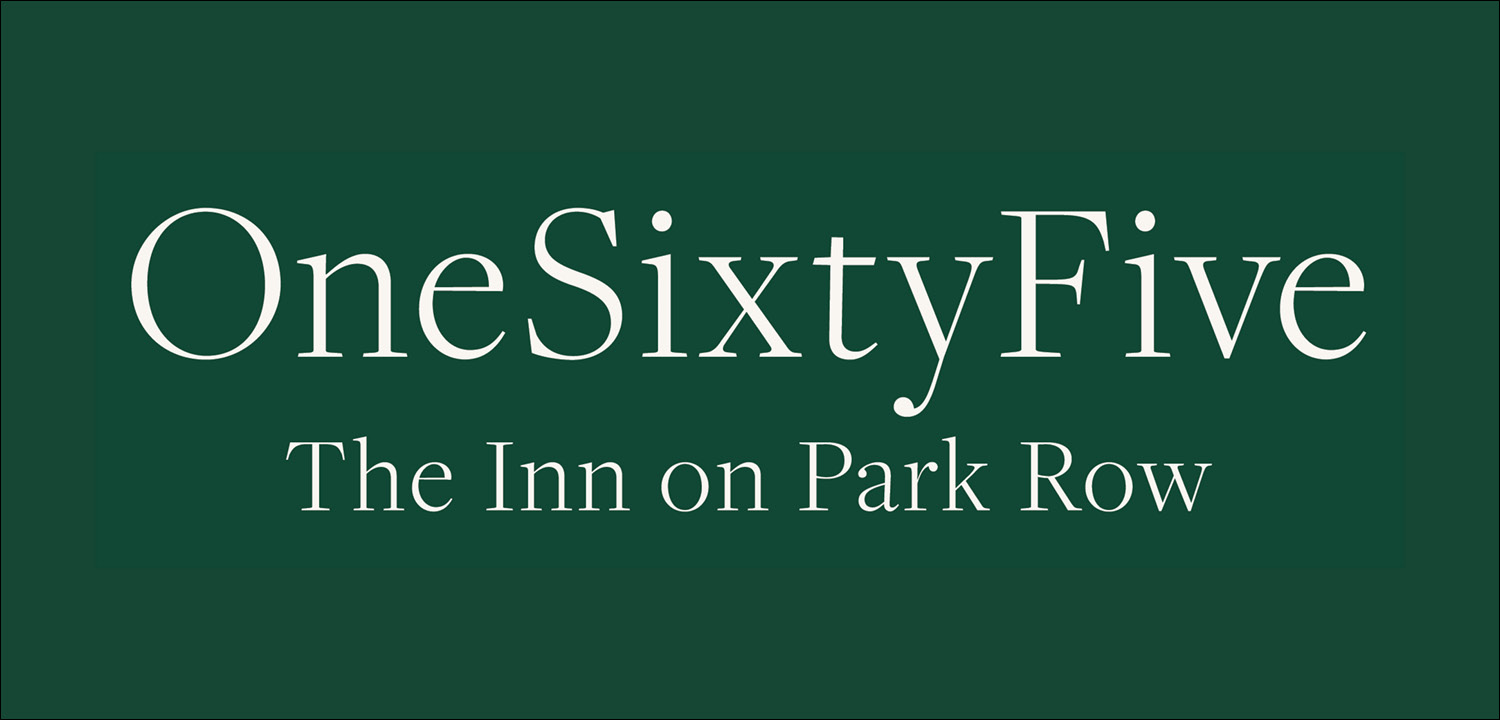- This event has passed.
Akiho & Mozart
ANDY AKIHO (b. 1979)
21
Jeffrey Zeigler, cello • Luke Rinderknecht, percussion
WOLFGANG AMADEUS MOZART (1756–1791)
Divertimento in E-flat Major, K. 563
-
- Allegro
- Adagio
- Menuetto: Allegretto – Trio
- Andante
- Menuetto: Allegretto – Trio I – Trio II
- Allegro
Renée Jolles, violin • Masumi Per Rostad, viola • Steven Doane, cello
PROGRAM NOTES
ANDY AKIHO
21 (2009)
Andy Akiho has provided the following program note to accompany 21:
21 was written for Mariel Roberts in October 2008 and premiered in Rochester, NY on December 14, 2008. After meeting Mariel at the Bang on a Can Summer Music Festival, I became extremely impressed with her sense of rhythm and effortless mastery of the cello. I first realized her talent when we performed “I falleN TwO” for string quartet and steel pans.
Soon after the premiere of the original instrumentation, 21 was adapted to work for marimba and cello. This version was premiered by New Morse Code (Michael Compitello & Hannah Collins) in New Haven, CT on October 22, 2011.
My goal with this piece was to incorporate techniques and phrases that would offer a unique contemporary sound world rooted in traditional Trinidadian Soca rhythms. The cello part requires the performer to play a kick drum and operate a loop pedal while simultaneously playing the cello. The percussion part requires the performer to play a tambourine with the foot pedal in addition to steel pan/marimba. The title 21 refers to the twenty-first measure of the Fugue movement in J.S. Bach’s Violin Sonata #1 in G minor. The harmonic chords in this bar are the inspiration of the sequence of notes for 21. Coincidentally, Mariel Roberts was 21 years old when the piece was written and premiered.
WOLFGANG AMADEUS MOZART
Divertimento in E-flat Major, K. 563 (1788)
While audiences continue to be delighted by Mozart’s Divertimento, musicologists are fascinated and perplexed. Composed the same year as Mozart’s “Jupiter” Symphony and “Coronation” Concerto (and the year after Don Giovanni), these six movements condense the expansive emotive range and dazzlingly playful conceits of construction—in short, cherished qualities of Mozart’s late music—down to the most intimate scale of the string trio. But here’s the rub: Mozart had never before completed a string trio, taking instead after Haydn in his preference for the string quartet. And although as an adolescent Mozart had written over a dozen “Divertimenti”—an Italian term literally meaning “diversions” or “entertainments,” typically designating lighthearted suites and often employed as background music—he hadn’t returned to the form in the near-decade since his move to Vienna, and the present work hardly corresponds to the somewhat frivolous connotations the “divertimento” genre had accrued.
Whatever his reasons, Mozart made the most of this puzzling pairing of ensemble and genre in what became, and remains, his longest chamber work. In contrast to the spare texture we habituated quartet listeners might expect from the string trio, Mozart’s scoring exudes an uncommon depth: the newfound prominence of the viola, especially, fills in the space left by the “absent” second violin with the darkened warmth of its lower register, foregrounded in the harmonies of the opening theme. This effect is intensified in the Adagio, when the three instruments resound in four voices thanks to the viola’s double-stopped harmonies. (It was Mozart, after all, who played viola at the work’s public premiere in 1789.) Meanwhile, Mozart transforms the divertimento genre, from a musical variety show into a kaleidoscopic journey, in which even the comparatively insouciant minuets venture down mysterious alleys of diminished harmonies, and a folksy theme is sublimated into a virtuosic variation set, demonstrating ever-cleverer feats of contrapuntal craftsmanship.
Lest such lofty praise occlude harsher realities, it appears that the immediate context and rationale for Mozart’s composition was pecuniary: by mid-1788, he found himself in severe and humiliating debt, and beseeched his industrialist friend (and fellow freemason) Johann Michael Puchberg to bail him out, not for the first or last time. It is thought likely that Mozart offered the Divertimento to Puchberg as a token of gratitude. And it appears to have done the trick, as Puchberg continued supporting Mozart and his family, even after the composer’s death.
Program Notes by Peter Asimov
SPONSORS
This concert is generously sponsored by:









